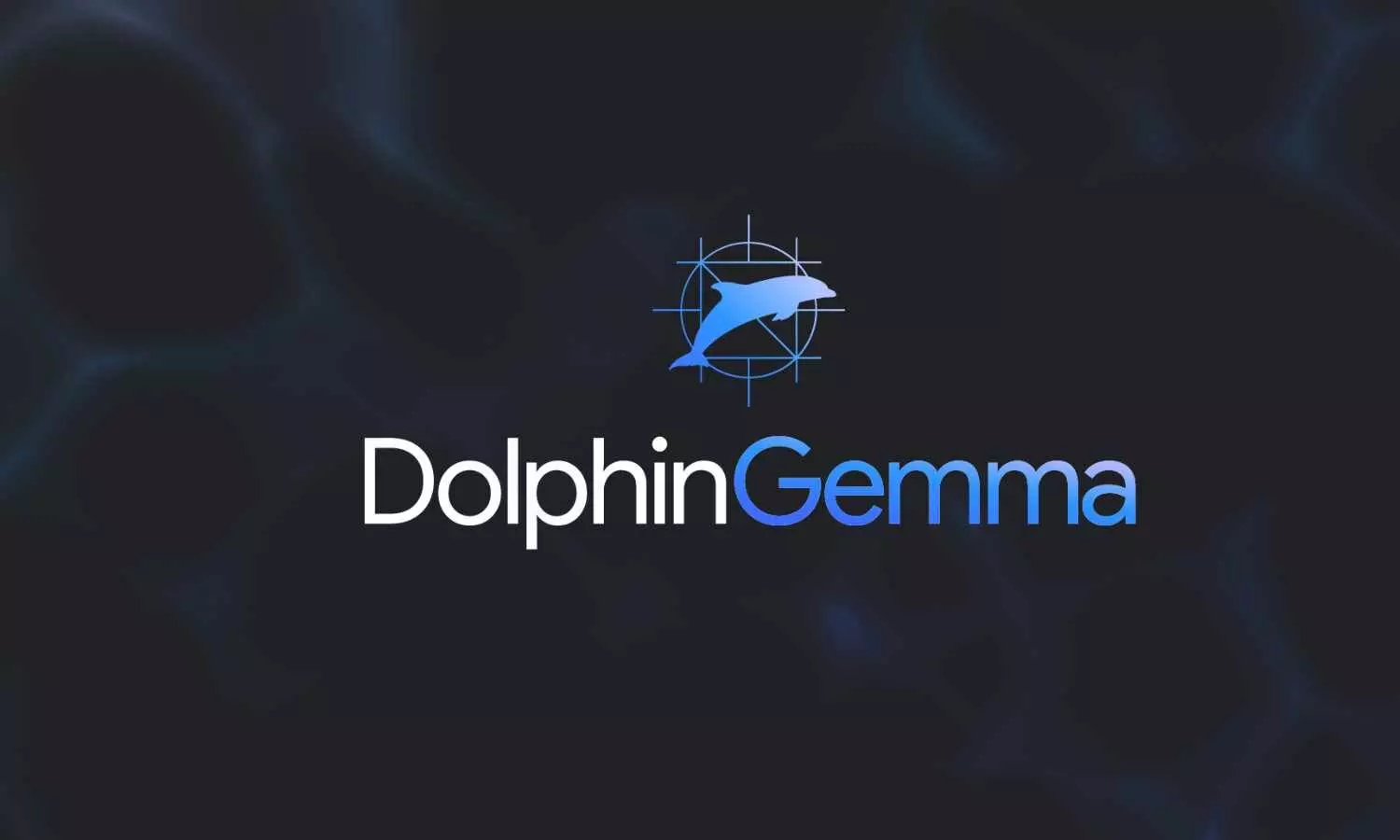Google's AI Breakthrough: DolphinGemma Sheds Light on Dolphin Language
The WDP has led the world’s longest underwater dolphin study in the Bahamas, gathering vast audio-video data that links dolphin sounds, like whistles and clicks, to behaviours such as bonding, conflict, and courtship.
AI

On National Dolphin Day, Google unveiled DolphinGemma—an AI model that brings us closer to interspecies communication by analyzing and replicating dolphin vocalizations. Developed in collaboration with Georgia Tech and the Wild Dolphin Project (WDP), DolphinGemma aims to decode the complex language of Atlantic spotted dolphins.
WDP has been conducting the world’s longest-running underwater dolphin study in the Bahamas since 1985. Using non-invasive methods, they’ve collected vast audio and video data linking specific dolphin sounds—like signature whistles, burst-pulse squawks, and buzzing clicks—to social behaviors such as reunions, conflict, and courtship.
DolphinGemma uses Google’s SoundStream and a 400-million-parameter model to learn from this data, generating dolphin-like audio that helps researchers detect communication patterns. The model runs efficiently on Google Pixel smartphones, making it ideal for fieldwork.
The AI will also enhance the CHAT system (Cetacean Hearing Augmentation Telemetry), which pairs specific whistles with objects dolphins enjoy—like seaweed or scarves—encouraging them to mimic the sound to request the item. With DolphinGemma’s predictive abilities integrated, communication accuracy and speed are expected to improve.
Google plans to release DolphinGemma as an open-source tool this summer, enabling researchers worldwide to adapt it for various dolphin species—marking a major leap toward building a shared “vocabulary” with one of the ocean’s most intelligent creatures.

